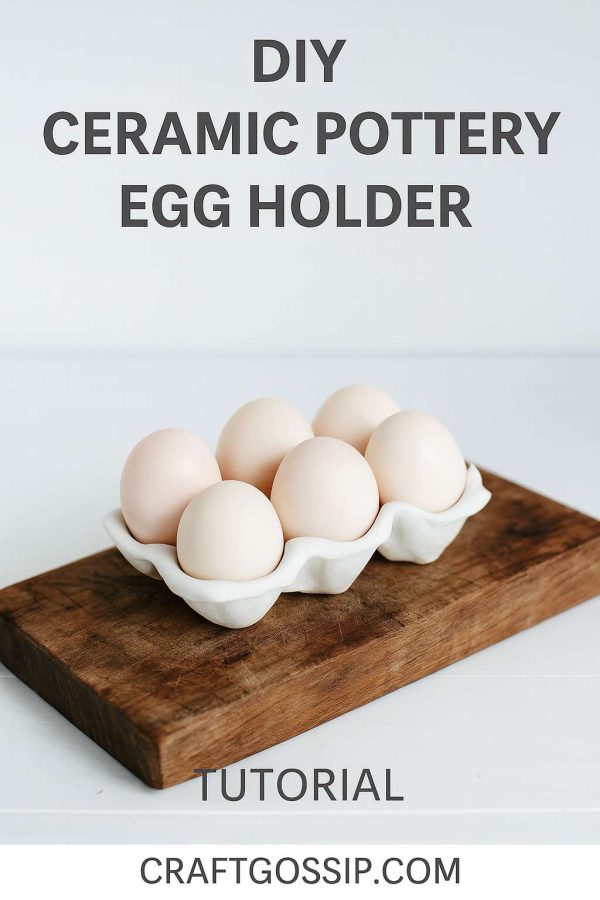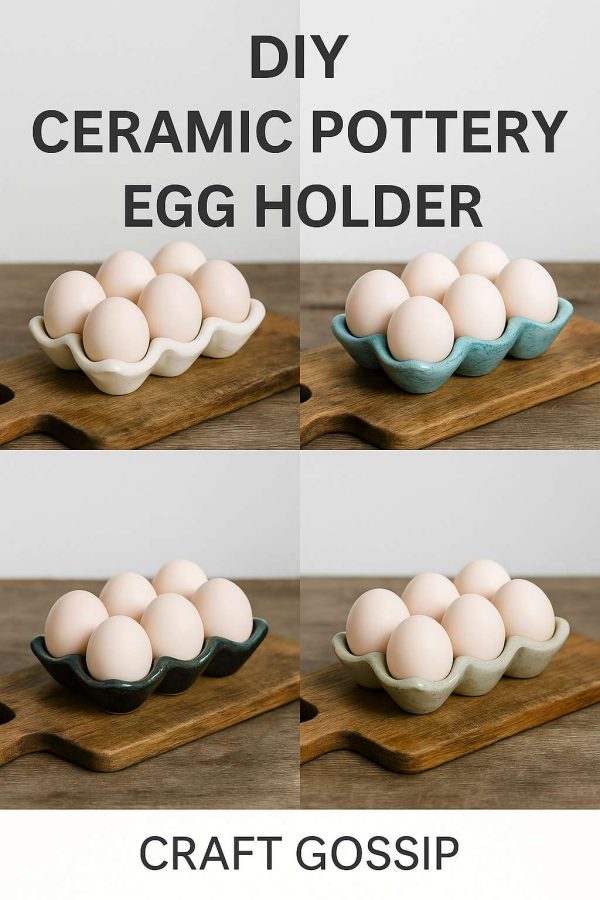Since Hurricane Irene is presently whipping through the US, I have included links to tutorials on how to make survival candles. Some of these come in handy for heating or cooking!
Candles can obviously be a fire hazard, so don’t leave them unattended and keep the wick trimmed! It’s also important to use a non-flammable container or plate. Tin cans and mason jars work well and are usually easy to find.
Also, make sure you put your candles somewhere safe so that they won’t get tipped over. It would be a shame to survive a storm and then go and catch your home on fire. Ideally, you’ll also have flashlights, but batteries aren’t always easy to find.
 At Life Hacker, learn how to make an emergency candle out of a tub of Crisco. Since not everyone has this kicking around, use this as a starting point. You could always stick some shortening/fat in a coffee can and add a string. This candle apparently lasts for up to 45 days.
At Life Hacker, learn how to make an emergency candle out of a tub of Crisco. Since not everyone has this kicking around, use this as a starting point. You could always stick some shortening/fat in a coffee can and add a string. This candle apparently lasts for up to 45 days.
 Find out how to make an emergency light candle on Goldenpath’s Hub Page. You’ll need: a pop can, wick, oil and a glass container. The can becomes the wick’s base after you cut it and create a hole with a nail.
Find out how to make an emergency light candle on Goldenpath’s Hub Page. You’ll need: a pop can, wick, oil and a glass container. The can becomes the wick’s base after you cut it and create a hole with a nail.
You could also use a bottle lid as the base if you’re looking for something smaller. It’s a very detailed tutorial and quite easy to do. Thanks Goldenpath!
This article explains how to cook with candles on a tin stove. You just need three tea lights and a tin can big enough to cover them. Don’t forget to cut vent holes into the can! If you need a bigger surface, use a bigger can or place a small pot on top of a large coffee can.
If you still want more, see my previous posts on how to make wilderness survival candles and fire starters.
Stay safe friends!



